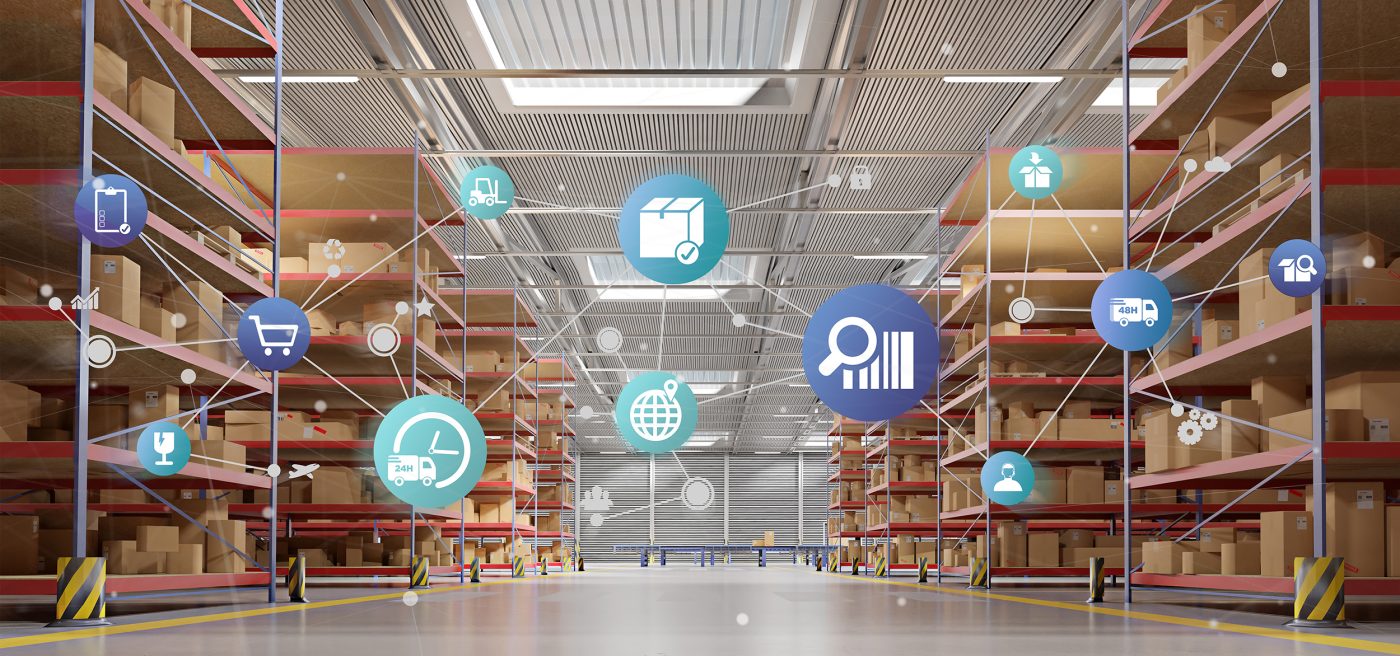In the dynamic environments of manufacturing and warehousing, prioritizing worker safety while maximizing operational efficiency is paramount. Connectivity technologies have emerged as powerful tools for achieving this delicate balance, empowering businesses to proactively address safety hazards, optimize workflows, and enhance productivity. This article delves into how connectivity fosters a culture of safety and efficiency in manufacturing and warehousing settings.
Real-Time Hazard Monitoring and Alerts
Connectivity-enabled sensors and monitoring systems provide real-time insights into workplace conditions, allowing businesses to identify and mitigate safety hazards promptly. These sensors can detect environmental factors such as temperature extremes, air quality, and hazardous gas levels, as well as equipment malfunctions or anomalies. By sending instant alerts to supervisors and workers, businesses can take immediate action to address safety concerns and prevent accidents or injuries.
Proactive Ergonomics and Workforce Wellness
Connectivity technologies facilitate proactive measures to promote ergonomic safety and workforce wellness. Wearable devices equipped with sensors can monitor workers’ movements, posture, and physical exertion levels in real time. By analyzing this data, businesses can identify ergonomic risk factors and implement interventions such as ergonomic workstation design, task rotation, or employee training programs to reduce the risk of musculoskeletal injuries and promote long-term health and well-being.
Augmented Reality (AR) for Training and Guidance
Connectivity-driven AR technology enhances worker training and guidance, enabling immersive, interactive learning experiences. AR-enabled devices provide real-time instructions, visual aids, and virtual simulations to guide workers through complex tasks or procedures. This hands-on approach not only accelerates the learning curve for new hires but also reinforces safety protocols and best practices. By empowering workers with the knowledge and skills they need to perform their jobs safely and efficiently, businesses can minimize the risk of accidents and errors while maximizing productivity.
Remote Monitoring and Assistance
Connectivity enables remote monitoring and assistance capabilities, allowing supervisors and safety personnel to oversee operations and provide support from a distance. Live video feeds, remote access to equipment controls, and communication tools enable real-time collaboration between onsite workers and offsite experts. In the event of an emergency or safety incident, remote assistance ensures that prompt medical attention or intervention measures can be deployed, regardless of physical location, thereby enhancing worker safety and minimizing response times.
Predictive Analytics for Risk Mitigation
Connectivity-driven predictive analytics leverage historical data and real-time insights to anticipate and mitigate safety risks proactively. Machine learning algorithms analyze patterns and trends in workplace incidents, near misses, and safety violations to identify underlying risk factors. By identifying high-risk areas or behaviors, businesses can implement targeted interventions, such as additional training, equipment upgrades, or procedural changes, to reduce the likelihood of accidents and injuries before they occur.
Continuous Improvement and Safety Culture
Connectivity fosters a culture of continuous improvement and safety awareness within manufacturing and warehousing environments. By collecting and analyzing data on safety performance metrics, businesses can identify trends, root causes, and opportunities for improvement. Regular safety audits, incident investigations, and employee feedback mechanisms enable businesses to refine safety protocols, address emerging risks, and reinforce a culture of accountability and vigilance across the organization.
In conclusion, connectivity technologies play a pivotal role in enhancing worker safety and efficiency in manufacturing and warehousing environments. By leveraging real-time data insights, proactive interventions, and collaborative tools, businesses can create safer, more productive workplaces where workers can thrive and contribute to the success of the organization. Embracing connectivity-driven safety initiatives not only protects workers from harm but also drives operational excellence and sustainable growth in the long run.
